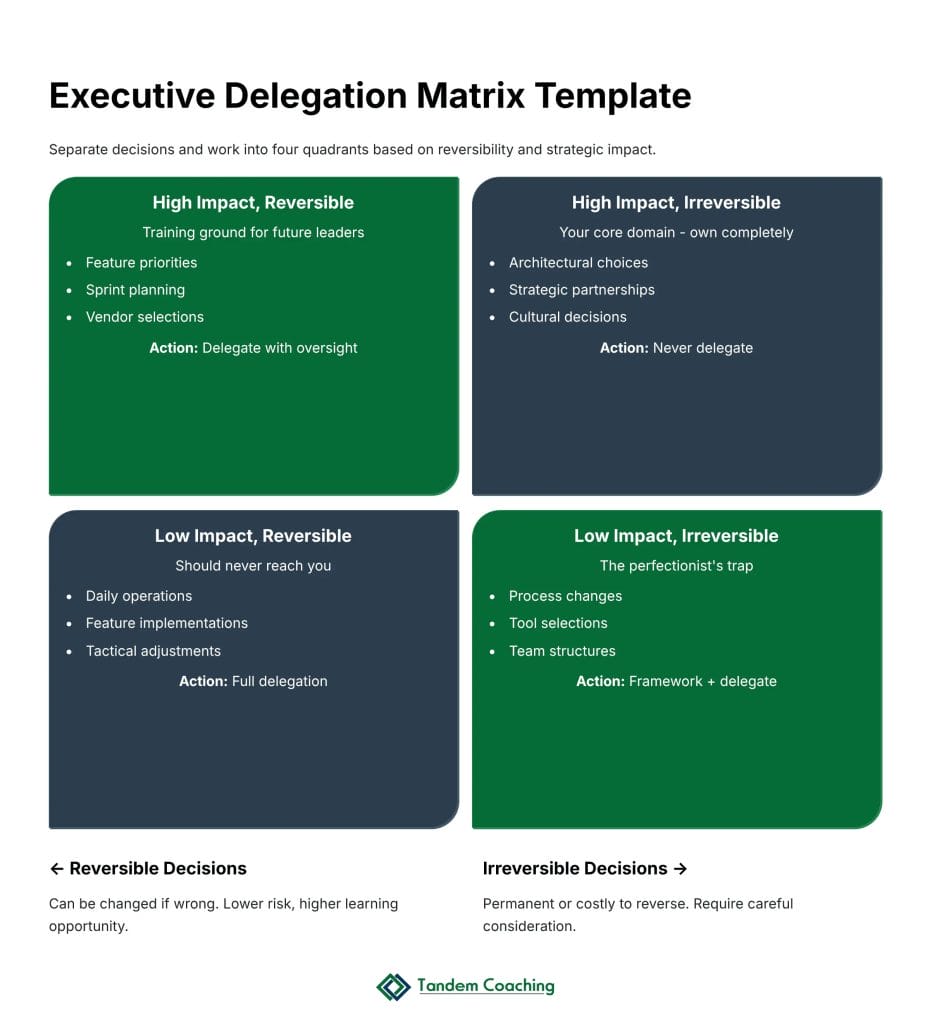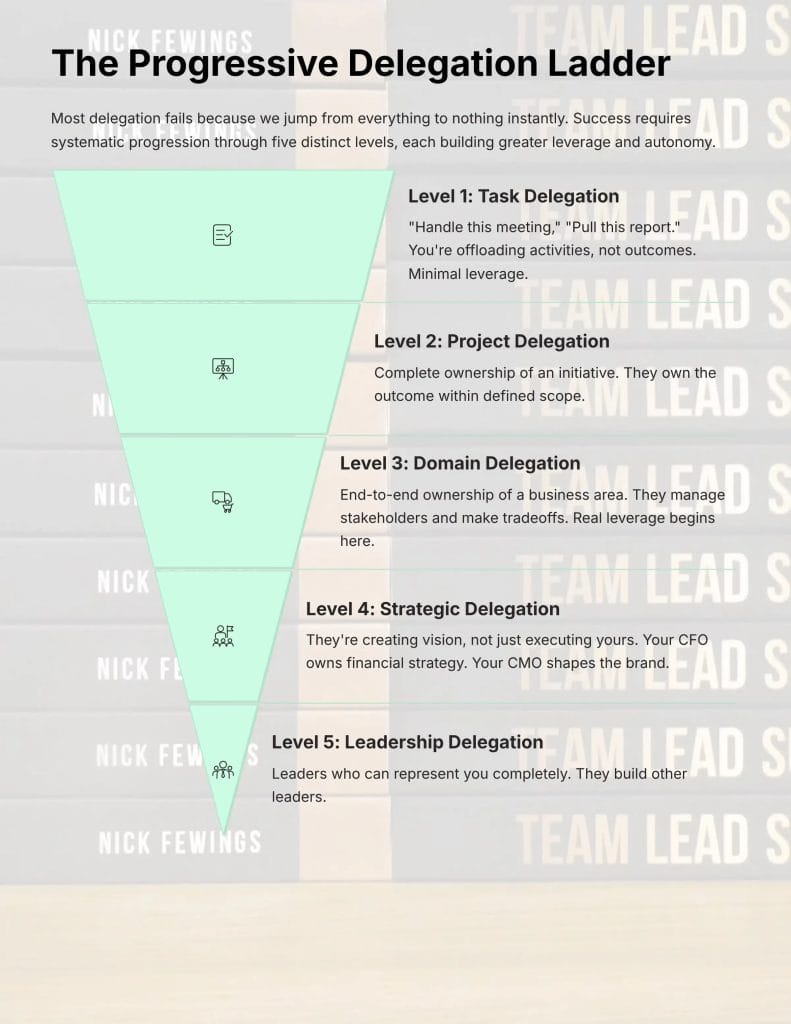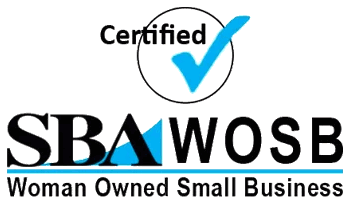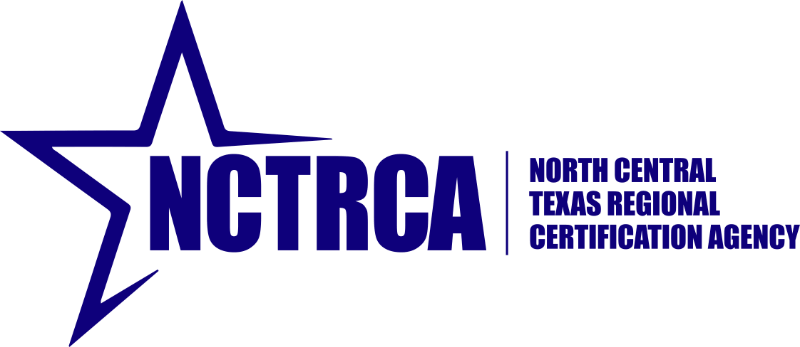Here’s the number that makes executives go quiet: after optimizing every personal productivity system perfectly, you’ll cap at about 3x improvement. But there’s one lever that delivers 10x or more, and most executives are terrible at it. Marcus learned this the hard way when his company nearly failed despite his 90-hour weeks.
Marcus had built the sales organization from scratch. Every major deal, every client relationship, every competitive strategy had his fingerprints on it. At 200 employees and $30M in revenue, his company was stuck. Not because of market fit or funding. They were stuck because Marcus couldn’t let go of being the maker.
I see this pattern everywhere—whether you came up through finance, operations, marketing, or technology. You’ve completed your productivity audit, implemented cognitive contexts, and protected your deep work time. You’ve achieved remarkable personal gains. But there’s a ceiling. Even doubling your output means you’re still just one person producing twice as much. Meanwhile, your organization needs 10x, 20x, 50x more leadership capacity.
The solution isn’t working harder. It’s transforming from maker to multiplier—building a delegation system that turns your expertise into organizational capability.
The Maker’s Curse
Let me be direct: if you rose through the ranks by being exceptional at the work itself, delegation isn’t just difficult—it’s an identity crisis.
You got promoted because you were the best. The rainmaker who closed impossible deals. The operations wizard who could fix any process. The creative genius behind breakthrough campaigns. Your maker skills were your superpower. Now they’re your kryptonite.
Harvard Business School research shows 67% of new executives continue doing individual work long after it makes economic sense. Why? Because making feels productive. Delegating feels like… managing.
“The very perfectionism that made you great at your craft makes you a terrible delegator.”
Sarah, a retail executive I work with, spent 25 hours weekly reviewing store operations reports personally. She’d built her career on operational excellence. But those 25 hours meant she wasn’t developing her regional managers, building strategic partnerships, or crafting the expansion strategy the board needed. Her maker addiction was costing millions in opportunity.
The Executive Delegation Matrix

After working with hundreds of executives across every industry, I’ve developed a framework that actually works. The Executive Delegation Matrix separates all work into four quadrants:
High Impact, Irreversible decisions stay with you. Major acquisitions, cultural transformations, strategic pivots—these represent 10% of decisions but drive 90% of outcomes.
High Impact, Reversible decisions become your training ground. Quarterly priorities, campaign strategies, vendor selections. Yes, they matter. But mistakes won’t sink the company, and the learning is invaluable.
Low Impact, Irreversible decisions trap perfectionists. Process changes, system implementations, team structures. Create frameworks and let others own these within guardrails.
Low Impact, Reversible decisions shouldn’t reach you. Daily operations, routine approvals, tactical adjustments. If these hit your desk, your delegation system is broken.
McKinsey found executives using this framework free up 15-20 hours weekly. But it only works with the right progression system.
The Progressive Delegation Ladder
Most delegation fails because we jump from everything to nothing instantly. You need systematic progression.

Level 1: Task Delegation—”Handle this meeting,” “Pull this report.” You’re offloading activities, not outcomes. Minimal leverage.
Level 2: Project Delegation—Complete ownership of an initiative. They own the outcome within defined scope.
Level 3: Domain Delegation—End-to-end ownership of a business area. They manage stakeholders and make tradeoffs. Real leverage begins here.
Level 4: Strategic Delegation—They’re creating vision, not just executing yours. Your CFO owns financial strategy. Your CMO shapes the brand.
Level 5: Leadership Delegation—Leaders who can represent you completely. They build other leaders.
I watched Sarah progress her best regional manager through these levels. Started with store visit reports (Level 1). Within six months, she owned the entire Southeast region (Level 3). Today, she’s driving the national operations strategy (Level 4).
Building Your Bench
Here’s what most executives miss: delegation isn’t about offloading work—it’s about building capability that compounds.
“Every delegation interaction either builds or erodes your bench strength.”
I call it the “Pull Request Model.” Like reviewing code, you don’t just approve or reject—you teach. When someone brings a decision, share your thinking process. Explain the factors you’re weighing. Show them your mental models.
Jennifer, a hospital administrator, told me the breakthrough wasn’t when her director started making good decisions. It was when he started explaining decisions using her frameworks to his own team. Her thinking patterns now influence hundreds of daily decisions without her involvement.
The Delegation Tech Stack
Your consolidated tools need specific capabilities for delegation at scale.
Documentation Systems become delegation infrastructure. Every repeated decision needs a playbook. Whether it’s Notion, SharePoint, or Google Docs—the tool matters less than the discipline.
Asynchronous Communication replaces synchronous meetings. Record ten-minute videos explaining context instead of hour-long meetings. That’s time multiplied.
Dashboard Systems provide visibility without micromanagement. Track outcomes, not activities.
Marcus now spends two hours weekly reviewing dashboards that once required twenty hours of meetings.
When Delegation Fails
Let’s be honest: 30% of initial delegations won’t meet expectations. This isn’t failure—it’s learning.
The worst response? Taking the work back. Instead, treat failures like debugging. What went wrong? Unclear requirements? Missing context? Wrong person?
“Create explicit failure budgets. Tell people upfront: ‘This might fail, and that’s okay as long as we learn.'”
David, a pharmaceutical executive, had a painful failure when he delegated a regulatory submission. His instinct was to take over. Instead, he paired with the director to fix it together. They created a checklist. That director hasn’t had a failure in three years and now teaches the process to others.
Frequently Asked Questions
How do I delegate when I'm genuinely the only one who knows how?
Start by delegating adjacent work that builds context. Document your approach. Pair with someone. If you’re truly the only person who can do something critical, you’ve created an existential risk. Fix that immediately.
What if delegation takes longer than doing it myself?
It usually does—the first three times. But track properly: 2 hours to do it yourself versus 3 hours to delegate initially, 30 minutes the second time, 10 minutes the third, then zero forever. The ROI turns positive quickly.
How do I maintain quality?
Quality comes from systems, not personal oversight. Define standards. Build review processes. Create feedback loops. Quality problems indicate missing systems, not missing oversight.
What's the difference between delegation and abdication?
Delegation includes context, criteria, and support. Abdication is throwing work over the wall. Good delegation front-loads investment. Abdication tries to save time by skipping context, which always fails.
How do I delegate when everyone's already busy?
First, audit what they’re doing. Often they’re busy with low-value work. Second, delegation can be substitutive—what can they stop doing? Third, if everyone’s at capacity with high-value work, you need more people.
Should I delegate to direct reports or skip-level?
Primarily direct reports. Skip-level delegation undermines your middle management. Exception: specific development opportunities for high-potential talent.
How do I know someone's ready for the next level?
Success at current level with decreasing oversight. Watch for them proposing solutions not problems, anticipating issues, and stakeholders going to them instead of you.
What if my culture doesn't support delegation?
Then you have a bigger problem than productivity. Culture follows leadership behavior. Model effective delegation. Celebrate successes publicly. Make it a performance metric. Culture changes through consistent action, not proclamation.
Your Multiplication Moment
You’ve optimized everything. You’ve built your systems, consolidated your tools, and protected your context. You’ve maximized personal productivity.
Now you stand at the multiplication threshold. The jump from 3x to 10x isn’t about doing more—it’s about enabling more.
“For the first time in five years, I took a real vacation. The company had its best quarter while I was gone. That’s when I knew I’d succeeded as a leader.”
That’s Marcus today. From 90-hour weeks of doing to 50-hour weeks of multiplying. His company hit $100M last year.
The framework is here. The progression is clear. The only question is: are you ready to stop being the hero and start being the multiplier?
If you’re ready to transform your leadership impact through systematic delegation, let’s explore how personalized guidance can accelerate your journey. Because while frameworks show the path, transformation happens through practice, feedback, and accountability.
Ready to dive deeper into maximizing your mental capacity? Explore cognitive performance optimization to enhance the strategic thinking that great delegation requires.


















